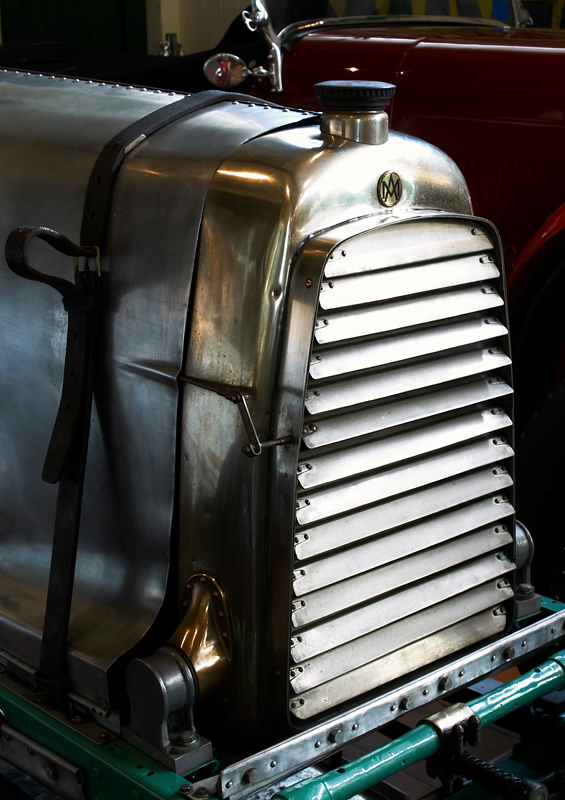
The Photographic Community for Users of Olympus and OM system micro 4/3 digital cameras and E-series DSLRs
| Home | Login |
Search
Forum
Actions
New Document
New Folder
List Folders
List Documents
List Groups
List Users
Camera resources
Olympus 4000
Olympus 4040
Olympus 5050
Olympus 5060
Olympus 7070
Olympus 8080
Olympus E-M1 II
Olympus E-M5
Olympus E-P1
Olympus E-P2
Olympus E-PL1
Olympus E-PL3
Olympus E1
Olympus E3
Olympus E30
Olympus E300
Olympus E330
Olympus E400
Olympus E410
Olympus E420
Olympus E500
Olympus E510
Olympus E520
Olympus E620
m4/3 lenses
Camera FAQs
Terms of Service
Photo contest
Submissions page
Hall of fame
Folders
About this site
Documents
Polls
Private folders
Public folders
Categories
Abstract
Action/Motion
Animal
Architecture
Candid/Snapshot
Cities/Urban
Documentation
Fashion/Glamour
Historical
Landscape
Macro
Miscellaneous
Nature
Night/Low light
People
Polls
Sand and Sea
Sky
Tourist/Travel
Contact Us
Aston Martin Special - "Razorblade"
| Photographer: | Anthony Cummings |
|---|---|
| Folder: | Tony's vintage cars |
| Uploaded: | 10-Sep-2007 19:52 CEST |
| Model release available: | |
| Camera: | Olympus E500 |
| Exposure time: | 2s |
| Aperture: | f8 |
| Focal length: | 46mm |
| Lens: | Zuiko 14-54mm |
| Focusing method: | Spot |
| ISO: | 100 |
| White balance: | Auto |
| Flash: | no |
| Image format: | RAW |
| Processing applied: | Capture One LE: white balance, exposure and curve |
| Various: | Tripod :) |
| Image resized to: | 800x565 |

NO SUBJECT
Very nice Anthony... is this original or restored to original..? What model year..?
Robert Melnyk at 21:12 CEST on 11-Sep-2007 [Reply]
NO SUBJECT
Thanks Robert. Seems I got the name slightly wrong - sorry! Here is the information from the Brooklands Museum website: Brooklands Motoring exhibit 1923
ASTON MARTIN SPECIAL 'RAZORBLADE'
This single seater 1500cc light car was built for track racing. Its type became increasingly important in the 1920s with manufacturers such as Bugatti, Talbot, Darracq, AC and Alvis gaining publicity through racing. This ‘Special’ was built around a 16-valve engine from one of the 1922 Grand Prix cars. The body was built by the de Havilland Aircraft Company who had much experience in streamlining and working with aluminium. The first body was built to accommodate Kensington Moir, the hinged upper part of the cockpit resulted in the car having the nickname ‘The Oyster’. However the original cockpit was later modified to make it slimmer and more practical. As a result, it became known as ‘Razorblade’. The radiator was fitted with horizontal shutters operated by the driver to adjust the water temperature. Class Records were established at Brooklands for the standing start kilometre at 66.54 mph and the standing mile at 74.12 mph. In 1923 Frank Halford took the Test Hill record in the car and achieved 1st and 5th places in the August B.A.R.C. Meeting. Razorblade was also driven by Humphrey Cook, Captain Douglas, George Eyston and S.C.H. Davis. The car is believed to be the inspiration behind S.C.H. Davis’ illustration for the B.R.D.C. badge. The car has been restored by the present owner. Loaned by James Cheyne.
Anthony Cummings at 21:39 CEST on 11-Sep-2007 [Reply]